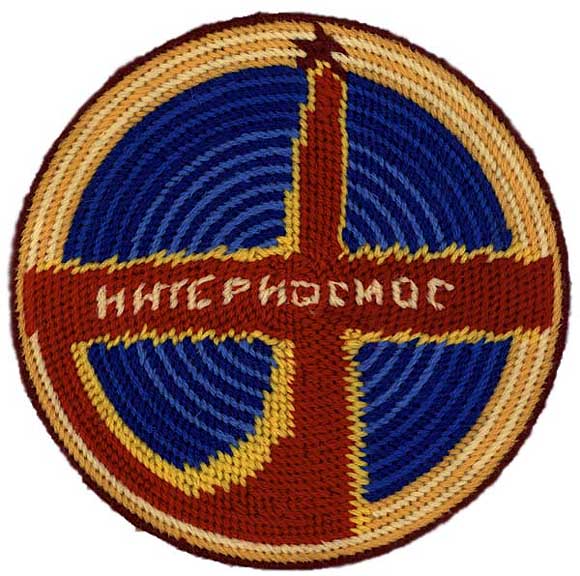View current page
...more recent posts

Continuing the thread about interactivity... The 1995 interactive movie Mr. Payback, in which audiences voted with buttons on their chairs to determine the outcome of various plot points, flopped big time. As an IMDb commenter described it: "Like when someone is being tortured--you have three options to pick from on HOW he was to be tortured." Another IMDb scribe reports: "Half of the fun was everyone shouting at the screen how to vote when it came up, and using joystick fingers to machine-gun press the buttons to vote for your choice. It only gave you a couple of seconds to vote for your favorites, and it would tally the votes in real time on the screen."
The concept harked back to a Czech experiment/goof from the '60s, the Kinoautomat, which had more subversive things on its mind than just deciding how someone was going to be tortured:
Raduz CinceraI actually saw the Kinoautomat as a kid and it was the most fun I ever had in a theatre (next to The Fearless Vampire Killers).
Kinoautomat: One Man and his Jury
At the Expo of 1967 in Montreal, Raduz Cincera presented for the first time to a larger audience the Kinoautomat (movie vending-machine) he developed together with the directors Jan Rohac and Vladimir Svitacek, scenographer Josef Svoboda, and Jaroslav Fric and Bohumil Mika. It involved the world’s first interactive movie theater. In the movie theater’s seating, viewers found two buttons necessary for making selections; they were confronted with a film whose action could always be stopped. At one point, two principal actors from the screened film appeared onstage and asked the audience how they thought the scene should be continued. The viewers decided; afterwards, the [desired] film version, arrived at by public vote, was then screened. The film One Man and his Jury told the story of an "average apartment house," with turbulent goings-on between tenants. In one scene, a young woman [locks herself out of her apartment] after checking to see who rang her doorbell. Since she was in the shower, nothing covers her body except a towel. In her panic she rings her neighbor’s door and asks for help. Here the film is stopped. The audience is asked whether the neighbor should let her in or not. In almost every case the majority of the viewers answered yes. Only once, at the Expo, did the viewers vote no—when the scene involved a large group of nuns.
"The branching structure wasn't tree-like, doubling the number of scenes needed at each choice, but rather always remained only two. They did this by carefully crafting a story such that no matter which of the two options were chosen, it would end up back at the same next choice. The vote was executed by the projectionist switching one lens cap between the two synchronized projectors. The artfulness, ultimately, was not in the interaction but in the illusion of interaction. The film's director, Raduz Cincera, made it as a satire of democracy, where everyone votes but it doesn't make any difference." (Quote from: Michael Naimark, Interactive Art - Maybe It's a Bad Idea, 1997)
Rudolf Frieling

Jim Finn, Chicago: "This is a needlepoint recreation of a spacesuit patch for the international communist space program based in the former USSR. The Interkosmos program began in the 1970s as a way to integrate socialist and non-aligned nations into the Soviet space program; it brought cosmonauts from Cuba, Mongolia, Hungary, Vietnam, East Germany and Syria among others into space. I used this patch in my film Interkosmos, about an East German space colonization mission to the moons of Jupiter and Saturn. The needlepoint patch is featured in the Amber space capsule headed for Ganymede, one of the four Galilean satellites of Jupiter. The writing on the patch is the Russian name for Interkosmos."
From an online exhibit of objects made using the microRevolt website's software, which converts jpegs and other image files into stitchable patterns. This patch is considerably more detailed than the PDF of the pattern linked to on this page, it should be noted--it appears the PDF was only used as a rough guide. See Paul Slocum's "bad jpeg" microRevolt cross-stitch pattern and my cowbug.
